How devices track the data within our bodies
In recent years, lack of sleep has become a global epidemic. According to a study from HealthMatch, 62% of adults are not getting their needed amount of sleep, and 44% have had their sleep deteriorate in the last five years. From 1910 to now, the average sleep duration has dropped from 9 hours to 6.8 hours (1). Recent developments in wearable health technology (WHT) have allowed us to better understand our sleep and other aspects of our health. WHT uses greenlight and motion sensors to track various health-related data. Then, AI and machine learning assist in analyzing patterns and interpreting the data. These give us a better understanding of our well-being. As technology advances and we better understand the human body, WHT holds great potential in improving our health (2).
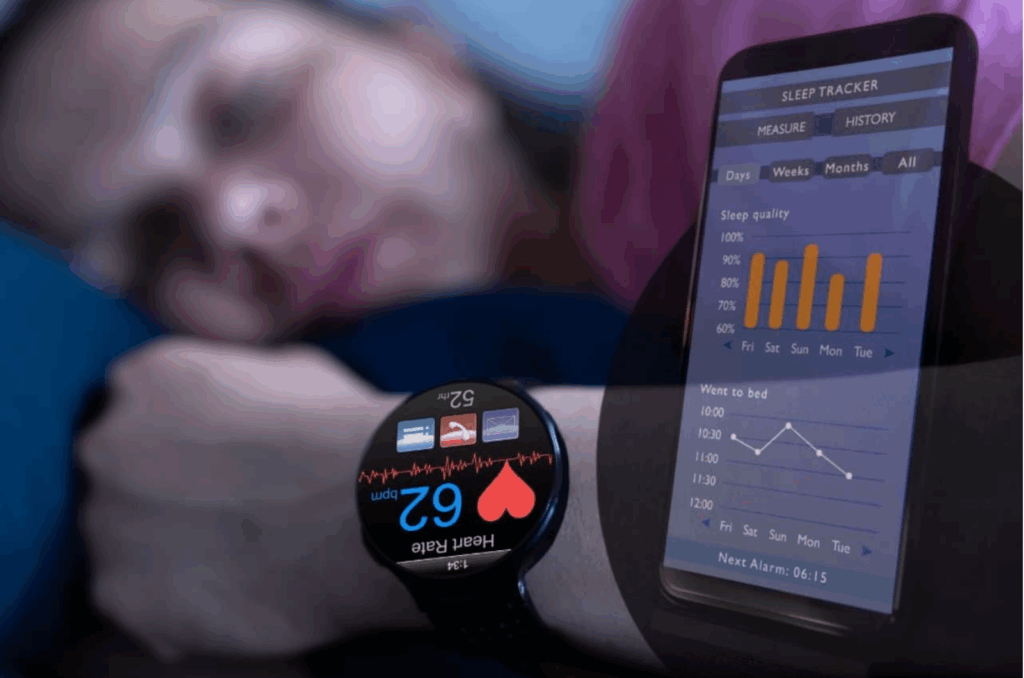
Sleep plays a vital role in creating a healthy, long-lasting life. It is the body’s moment to repair strains and maintain good physical and mental health. Especially for children and teens, sleep is crucial in supporting their growth and development. Lack of sleep can create long-term health problems, like damaging the immune or respiratory system, along with deteriorating basic cognitive functions (3). Inadequate sleep consists of insufficient hours of sleep and poor sleep quality, which can be tracked by the four stages in the sleep cycle: N1 (light), N2 (light), N3 (deep), and REM (rapid eye movement). Completion of these stages for a sufficient amount of time promotes the same positive outcomes, and failure can result in the same negative outcomes that lack of sleep has (4).
WHT can offer solutions, such as tracking sleep patterns and providing advice for future rest, to address health problems associated with inadequate quality of sleep. These devices measure data by tracking heart rate, respiration, and environmental factors, like noise, to understand the body’s behaviour during sleep. However, the collected data may vary and have errors, resulting in an inaccurate representation of sleep. To improve the data, WHT uses accelerometers as the primary source of measurement. This sensor tracks motion to estimate sleep time, determine when one falls asleep or wakes up, and how long each sleep stage takes, all based on the amount and frequency of movement occurring (5). Altogether, this data can be used to make recommendations on improving the quality of sleep, such as sleep schedules and routines (6).
In addition to tracking sleep, WHT also focuses on general health statistics; these include resting heart rate, heart rate variability, heart rate zones, respiratory rate, VO2, blood oxygen, skin temperature, steps, calories burned, strain, recovery, and stress levels. Continuous data collection in the long run can help provide personalized feedback, set health goals, and track progress by using different combinations of these statistics. In some cases, WHT can also detect possible health issues early, such as hypertension based on blood pressure and cardiovascular risks with heart rate variability (7).
It is also important to acknowledge the challenges associated with using WHTs. These include overreliance on data and technology, inaccurate data from faulty usage or devices, and misinterpretation of data. There has already been a dependency on WHTs for general health management, which has prompted many users to set aside traditional health practices like visiting a doctor or maintaining a healthy lifestyle. WHTs are used to collect data but should not be used to make important healthcare decisions (2).
WHT greatly improves our knowledge of basic health details and standards in our daily lives; however, these devices need to be used carefully as information sources, not as replacements for existing medical practices and technology. Still, WHT has unmatched potential to transform our everyday knowledge about our well-being.
Sources:
- Teh, Dawn. (2022, September 2). Too many of us are sleep deprived and it’s become a crisis. HealthMatch. https://healthmatch.io/blog/too-many-of-us-are-sleep-deprived-and-its-become-a-crisis
- Luong, Kristen. (2024, November 4). Wearable Health Monitoring Devices in Healthcare: Benefits and Drawbacks. Ominext. https://www.ominext.com/en/blog/wearable-devices-in-healthcare-benefits-and-drawbacks
- (2022, March 24). Why Is Sleep Important?. HHLBI. https://www.nhlbi.nih.gov/health/sleep/why-sleep-important
- Suni, Eric. (2025, July 25). Stages of Sleep: What Happens in a Normal Sleep Cycle?. Sleep Foundation. https://www.sleepfoundation.org/stages-of-sleep
- (n, d). How Do Sleep Trackers Actually Work. Philips. https://www.philips.co.nz/c-e/hs/better-sleep-breathing-blog/better-sleep/how-do-sleep-trackers-actually-work.html
- Thurrott, Stephanie. (2025, August 19). Are Wearables Reliable for Tracking Sleep? What You Need to Know. Banner Health. https://www.bannerhealth.com/healthcareblog/advise-me/are-wearables-reliable-for-tracking-sleep-what-you-need-to-know
- uclahealth. (2025, February 4). 7 ways wearable technology can help you reach your health goals. UCLAHealth. https://www.uclahealth.org/news/article/7-ways-wearable-technology-can-help-you-reach-your-health




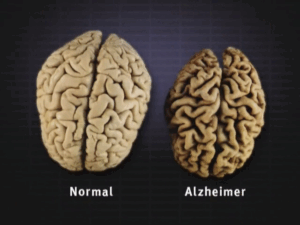


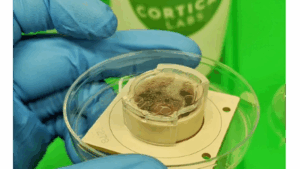
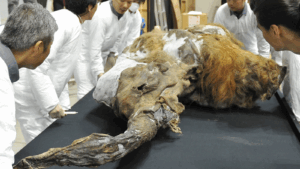

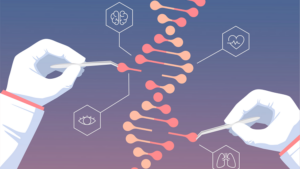

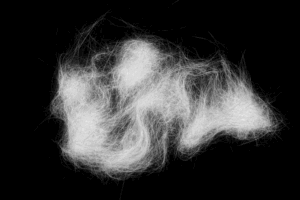
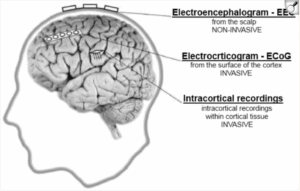
Comments are closed.